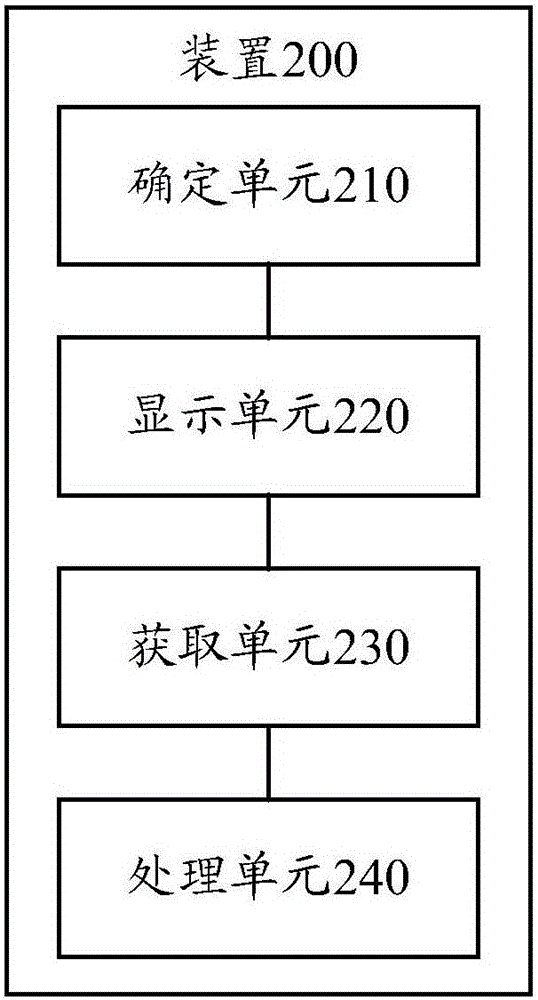Identity recognition method and device based on brain electrical signals
A technology of identity recognition and EEG signals, applied in the information field, can solve problems such as being easily affected by individual states, inconvenient for users to use, and unstable signal characteristics
- Summary
- Abstract
- Description
- Claims
- Application Information
AI Technical Summary
Problems solved by technology
Method used
Image
Examples
Embodiment Construction
[0040] The following will clearly and completely describe the technical solutions in the embodiments of the present invention with reference to the drawings in the embodiments of the present invention. Obviously, the described embodiments are part of the embodiments of the present invention, not all of them. Based on the embodiments of the present invention, all other embodiments obtained by persons of ordinary skill in the art without making creative efforts shall fall within the protection scope of the present invention.
[0041] figure 1 A schematic flowchart of a method 100 for identifying an identity based on electroencephalogram signals according to an embodiment of the present invention is shown. The method 100 can be executed by a device that requires identity verification, for example, an identity recognition device installed on a safe can perform identity verification according to the method 100 . Such as figure 1 As shown, the method 100 includes:
[0042] S110, ...
PUM
 Login to View More
Login to View More Abstract
Description
Claims
Application Information
 Login to View More
Login to View More - R&D
- Intellectual Property
- Life Sciences
- Materials
- Tech Scout
- Unparalleled Data Quality
- Higher Quality Content
- 60% Fewer Hallucinations
Browse by: Latest US Patents, China's latest patents, Technical Efficacy Thesaurus, Application Domain, Technology Topic, Popular Technical Reports.
© 2025 PatSnap. All rights reserved.Legal|Privacy policy|Modern Slavery Act Transparency Statement|Sitemap|About US| Contact US: help@patsnap.com



